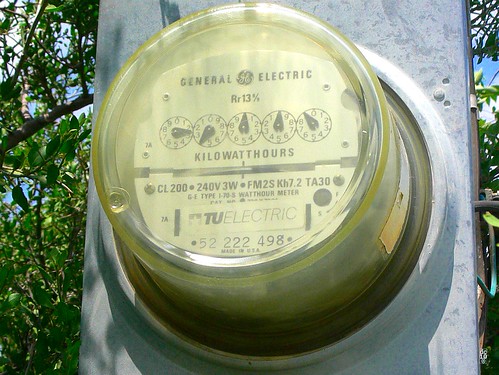
Drought Dish Washing at the Debi Cates Home
I enjoy washing dishes. Good thing, too, since I don't have a dishwasher. The machine, non-me kind anyway.
My little house was built probably in the late 40s or early 50s. There are lots of challenges for modern living in an older home, especially one just 800 square feet. I have a heck of a time finding furniture that's sized moderately enough not to look like a gorilla stuffed in a shoebox. And don't get me started on the stingy number of electrical outlets. Thank heaven for power strips because otherwise I'd be writing this blog on a manual typewriter. Then there's the time I tried to install a clothes washing machine in the back add-on room with its badly done peer and beam floor, a funny story for the scrapbook...
Where was I? Oh yes, hand dish washing. You won't find it surprising then that my house does not have a dishwasher installed. Here are five steps I've been perfecting to conserve both water and the energy to heat it, yet to get dishes as clean as humanly (this human) possible.
1. Fill each side of the sink with one gallon of hot water. You read right, just one drought-thrifty gallon per side. And I only do dishes
2. Do not put dish washing soap in the water. Instead I directly squirt my dish scrubber, the round green one in the photo. My daughter crochets these scrubbies out of tulle. They're my favorite, soft enough not to scratch cutlery and strong enough to scrub pots. Not putting a big squirt into the water, I'm using a lot less dish soap. A penny saved is a penny earned.
3. Wash the items that touch your mouth first. I learned this rule from my mother, at the tender dish-washing age of six. That would be your glasses and silverware, the dishes you'd like the most clean, washed while the water is hottest and cleanest.
4. Scrub out of the water. By washing each dish in my hand, not in the sink, I can give it a dunk in the wash side which isn't made wildly soapy by directly washing there. Then ready for the crystal clear rinse in the left side. Doing this also reduces even further the amount of soap I use since my sudsed-up scrubber never goes in the water.
5. Continue washing from cleanest to dirtiest. Common sense, I know. The wash water will get inevitably dirty as you go along, but here are a few things that might help:
- Scrape: I use a rubber spatula to scrape plates and bowls, which to my delight gets them as clean as pre-wash possible. For pots and pans, Pampered Chef sells three nylon pan scrapers for $3. They work wonders and will outlast you. I've used the same one for over 15 years and it looks new. Also good for scraping off mooshed-in gunk on floors.
- Soak: Between washing, I keep a one gallon mixing bowl by the sink full of water. I pre-rinse dishes in it, or soak things I know will set hard as rock, like eggs and breakfast cereal. On days I'm not lazy, I will even pour that dirty water outside onto the compost bin which in my desert clime, always needs watering.
- Grease or Oil: I have a septic tank so am especially aware the bad effect grease has on drains and sewage systems. I haven't yet devised a good method for responsibly disposing of cooking oil since it is one of the things I don't compost. I try to use as little as possible, throwing away used oil in the trash. In any case, not having excess oil or grease on the dishes is helpful.
- Pink Cup: I have this one small pink plastic cup, an odd man out. Since I'm not using much water, and when the sink is full of dishes, it's sometimes hard to fully rinse. I use that cup to scoop and pour rinse water when there's not enough room to dunk.
What hand dish washing hints do you recommend? For those with dishwashers (the non-human kind), feel free to share your best green hints as well.



